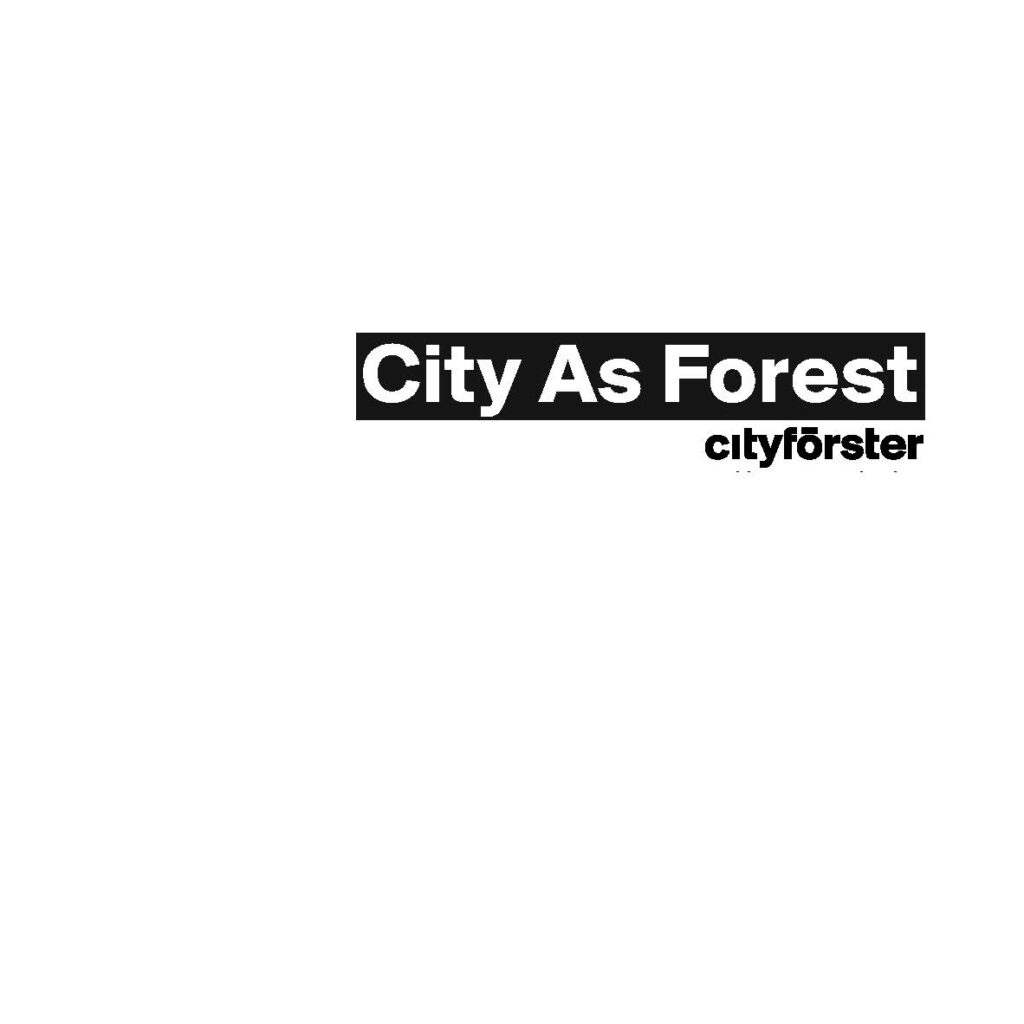Return to archive
title
Launch of TACK Newsletter
authors
Tom Avermaete Janina Gosseye Korinna Zinovia Weber
The past few months we have –finally, after many years of intense work amongst academic colleagues— witnessed the start of the TACK ITN. TACK was born from the conviction that more research was needed into one of the most central aspects of architectural design: tacit knowledge. We were happy to receive in the summer of 2019 the good news that we obtained an EU grant for a project which is unique in its kind in that offers no less than 10 young scholars the opportunity to simultaneously investigate the tacit dimensions of architecture. From a large group of interested people, we selected 10 candidates who in the forthcoming years are going to pursue a PhD within TACK. The first discussions between supervisors and PhD candidates have started, as well as the first research activities, and it is exciting to see how the project proposals that were submitted for the selection procedure are now further elaborated into full-fledged PhD projects.
Defining the outlines of how tacit knowledge can be investigated and thought is a challenge. Therefore, prior to selecting the PhD candidates, many intense discussions took place –both on the thematic conceptions of tacit knowledge and on the organization of the courses— to establish a good basis to work together within the TACK project. From ETH Zürich we coordinated these discussions, together with Daily Board members Christoph Grafe and Lara Schrijver. In September 2019 we had the opportunity to gather all academic partners for the Kick-Off Workshop in Zurich. This meeting was a true calibrating exercise. One of the revealing results of the meeting were the small video clips in which each professor offered a viewpoint on the importance of tacit knowledge, which are posted on our website.
TACK also aims to go beyond the standard methods of PhD research, by engaging with the practices of architectural design offices and of architecture institutes. To do so, the academic partners started a dialogue with the so-called ‘cultural partners’ and the architectural offices. It is essential for the TACK project that we acquire more in-depth viewpoints on tacit knowledge from the ‘messy reality’ of every architectural design practice and of those institutes that produce architectural culture. In the coming weeks, architecture offices, cultural partners, supervisors and PhD candidates will continue their dialogue and plan the secondments in greater detail.
Given that 10 PhD researchers are working simultaneously, TACK offers a unique opportunity to explore the collective dimensions of PhD education and research. The foundational (once a year) and intermediate courses (twice a year) offer the chance to not only exchange findings but also to develop and evaluate theoretical and methodological approaches collectively. The results of these collective ventures will be distributed to the entire network and will later on also be made available to the wider architecture community.
Ideas on this collective dimension of research and education also concerned Klaske Havik, Helena Mattsson and Tim Anstey when they, in the fall of 2019, started to prepare the first training axis. They not only reflected upon the content of the first training axis, but also on how the material of the different courses that are to take place within this first training axis, which spans one year, would be structured. Together with graphic designer Johnny Chang the format of the ‘konvolut’ was developed. It is intended as a growing reader that allows the network to assemble theoretical and methodological literature as well as new work into a single format over the course of a year.
Achieving an optimal alignment of interests and viewpoints between all those involved in the network is a challenge. The first foundational course, at TU Delft and at the HNI in Rotterdam in the beginning of March, played a very important role in this respect. Though the course had to be shortened with one the day because of the outbreak of Covid-19, it was a very important platform for the encounter of the different network partners and PhD candidates. We are very grateful to our cultural partners and to the architectural offices who presented their work at this first meeting in the Netherlands and started the dialogue with us. At present, conversations regarding the secondments at the cultural institutions continues to fine-tune how the individual PhD projects fit in to the partners’ ongoing research.
Since our first foundational course meeting in the Netherlands in early March, the network has also grown. Jennifer Mack has joined the TACK team at KTH. She will be sharing a vote on the Supervisory Board with Helena Mattsson, and she will be co-organising the next training meeting, which will take place in June 2020.
The innovative research that we will be developing within TACK will be of interest to academics and the wider architectural community. This is why we have started to develop a Data Management Plan, and why we are currently in the process of appointing an Ethics Advisor to the TACK ITN. Together, these will make sure that we deal with our research data in such a way that they can be optimally distributed and are of the largest possible use to the architecture community.
Communication is paramount for a network like TACK. From the very beginning we started a website, which has been recently updated and improved to become one of the main means of communication in the network (see: https://tacit-knowledge-architecture.com/). As a result of our discussions in Delft and Rotterdam we decided that we would also start a network newsletter which will be sent to all project partners, as well as interested parties on a monthly basis. The newsletter that you are currently reading is its first edition.
Tom Avermaete
Janina Gosseye
Korinna Weber




